Latest Posts
How to choose camera accessories and memory cards?
1. Equipment replacement
1.1 Video equipment
I haven’t disguised about (updated) photographic equipment with you for a long time, and I have recently replaced Nikon and Fuji with Sony A7S3, and bought a ZV-E10 for my wife…today I’ll briefly talk about (buy, buy, buy) video shooting Equipment.
Of course, replacing camera is only the beginning of equipment upgration. You will have to equip your S3 with a cage. The cage part is quite simple. You can just buy the one that looks good (23333 it is only to prevent falling damage), and there is a lens behind…
1.2 Lexar 2000x
You definitely need corresponding accessories for shooting videos to gain better experience. Believe me, for video shooting purpose, you must arrange memory cards like Lexar 2000x that has larger capacity and faster speed.
Speaking of Lexar, I suppose it is the first memory brand I purchased from. After all these years, except its 32GB capacity can no longer satisfy my need now, my Lexar 1000X memory card can still perform well. So, I have always trusted and recommended Lexar’s products.
After so many years, the appearance of Lexar 2000x and 1000x has not changed much, but the symbolic gold color of Lexar has changed from bright gold to dark gold. Also, you can tell from the cover that Lexar 2000x is a UHS-II Card, and the maximum card speed is 300MB/s.
Nowadays, there more friends who like to shoot videos. Many of them asked me about how to choose camera accessories and memory cards. Today, I will share my purchasing experience with you briefly along with my camera usage experience.
2. SD card purchase and test
2.1 Why recommend SD card (instead of type-a)
Some friends might be curious, doesn’t the Sony A7S3 have a type-a card package? Yes, I did buy it, but it was idled as well.
At that time, I thought that the card was already so expensive, but I only need to add 600 to get the package. But after I bought it, I found it very useless:
- The type-a card in the package only has a capacity of 80G, which is larger than 64GB, but much smaller than 128GB. It is usually not enough for daily use, but the 160GB version is extremely expensive;
- The original card reader of this card is really expensive. I also tried to use another card reader later, but I encountered a data error and needed to format my card, so I could only choose to refund and I didn’t dare to use it again;
- With the type-a card, you can also connect to the camera’s type-c port for data transmission with a data cable, but I have always disliked this transmission or charging method (I have complained that the XT4 does not have a battery charger before), because I am afraid that I might accidentally drop whole camera when pulling out data cable, and the speed of this method is not fast;
- The versatility of SD card is obviously the best. It can be applied on multiple cameras, and the usage experience of V90 specification card is almost the same as that of the type-a card.
I realized that many friends haven’t figured out the relationship between video bit rate (Mbps) and file size (MB). The conversion factor is 8Mbps=1MB So, for Sony A7S3 video specifications, the largest format and shooting bit rate should have a speed requirement greater than 75MB/S. we basically won’t need to use the high-speed mode of type-a card when shooting videos. V60 and V30 cards can generally support 4K60 frame shooting.
However, the speed bottleneck of the SD card is at 300MB/s, so the existence of high-speed cards like type-a and type-b is mainly to deal with the RAW continuous shooting and 8K video recording scenarios of high-resolution machines. But most people rarely use or face situation like this, so I still recommend SD cards to most of my friends.
2.2 Relative specifications of the card (writing speed)
I have shared in detail before about how to choose the SD card, the most important parameter of SD card is the speed (speed is divided into reading speed and writing speed), and the continuous writing speed of the card is directly related to shooting:
From the initial class2-10 to today, almost all SD cards have reached class10 level, so you don’t need to worry about it anymore. U1 standard cards are particularly common in cheap cards and cards that come with the purchase of cameras. I strongly disagree using and buying them here.
Nowadays, video speed grades like V30, V60, and V90 are correspond to the writing speed. They are all the lower limits of the speed. The speed must be reached before the logo can be marked. This also ensures that the video with the corresponding writing speed can be recorded without barriers. It is recommended to judge the speed of the card directly based on this standard.
Of course, the specifications of UHS-II cards are generally marked on the card surface.
There will also be an extra row of gold fingers on the back of the UHS-II card. In order to achieve the highest speed, it needs to be supported by camera, card reader and computer system at the same time.
2.3 SD card and card reader test
This Lexar card reader supports UHS-II. There are indicators on the front of the card to show the working status. The red light means that there is no card or the connection is not good. The blue light will flash during connection and data transmission, and the stable blue light means successful connection.
The card reader supports reading both SD and TF cards at the same time. The following is a simple speed test of the Lexar 2000x card and the card reader:
It can be seen that the speed of Lexar 2000x with its own card reader is very fast. I can’t test the limit speed of this card reader because I don’t have a high-speed TF card, I. But of course, the V30 TF card I used in the test has basically reached the standard.
In addition, I tested the Lexar 2000x card speed with a UHS-II card readers of another brand. You can that the speed has basically reached the marked speed. So, you can tell the compatibility of this card is not bad.
Moreover, this Lexar card reader is small and light, and it has a good touch feeling. The smooth design and the texture of the origin makes it a good choice for people who often use SD cards and TF cards often. The price is good too.
3. Usage experience and test
3.1 Data copy experience (reading speed)
In fact, from my personal experience, I mainly use it for taking pictures, rarely use it for high-speed continuous shooting, and occasionally use it for shoot videos. Using an SD card that can reach the speed level of V30 and V60 is sufficient for the camera level, and it is generally ok in daily use, but it may be a little uncomfortable in continuous shooting.
But the use situation is completely different after shooting video by myself: it usually requires multiple shots when shooting a thing or a project, and requires several gigabytes even when shooting in 1080, needless to say that 4K video takes up even more space.
It is common to copy 2-3G material every time after shooting (5-10G is not uncommon as well). At this time, the average V30 UHS-I SD card only has a maximum speed of 90MB/s. To be honest, it is often necessary to wait patiently at this time.
At this point, you will naturally want to use a higher-speed card, the maximum copy speed of 300MB/s will make it much faster. And occasionally, you will need to take a second shot for supplement material during editing. It would greatly affects the shooting and editing experience, if you operate without a high-speed card. Of course, this is when the speed advantage of the type-a card show its distinguished high-speed experience.
Even my wife now equips a high-speed card for ZV-E10 camera. She usually takes a lot of pictures of cats, so a low-speed small card will cost her a lot of time copying material. So, for people who shoot videos, I personally recommend you to have at least one high-speed card with a capacity of at least 128GB.
3.2 A7S3 camera continuous shooting test
RAW high-speed continuous shooting
I mentioned earlier that the bottleneck and challenge of the SD card is usually RAW high-speed continuous shooting, especially for high-pixel machine. A RAW photo takes dozens or even hundreds of MB, but I use a low-pixel machine like Sony A7S3 camera. (a lossless compressed RAW takes about 13MB), so even with RAW high-speed continuous shooting, the pressure on the v90 card is not too big, but I still want to test it.
A7S3 will display the estimated number of photos that can be taken by the memory card. At the same time, you can see from the high-speed continuous shooting that the focus system of the Sony camera in the photo mode is really powerful. It immediately transferred to other object when the cat turned away its face (I set fast-moving transition mode here) and when the cat turned its face back, the camera immediately focused back on it.
The result of my RAW continuous shooting test is that both the type-a card and the V90 SD card can achieve continuous nonstop high-speed RAW shooting, which is really suitable for shooting subjects such as animals.
Cache performance
Since the RAW of my current camera is relatively small, RAW continuous shooting did not test out the limit of the SD card, but the difference in cache performance of different cards can still be observed during the test.
Lexar 2000x
It can be seen that after my shutter stopped during continuous shooting, the screen will display the number of remaining photos that the machine is processing the cache. There are 27 photos in Lexar 2000x, and the processing speed of the cache is still very fast.
Other brands V90
I also have V90 SD card from other brand. Although it can achieve continuous shooting on A7S3, the cache number is 69 when I stopped shooting.
And you can see that the speed of cache cleaning is relatively slow. So, even they are all V90 card, there are still difference in actual continuous shooting performance, but the SD card usually does not mark the specific parameters, you will have to take actual tests to know the parameters.
type-a card
Of course, since the type-a card is so expensive, it must perform well in high-speed. It only displays 1-2 when continuous shooting is stopped, and the photos were gone immediately. Sometimes it does not even need to be cached. At least this is the case on the small RAW photos of A7S3.
Does cache size and speed matter?
For low-pixel machines like mine, the difference is not very big; but it is quite important for high-pixel cameras. After all, the 300MB/s speed will not be able to cover their RAW high-speed continuous shooting (this is the meaning of the existence of type-a and type-b). After reaching the limit, the speed of SD card will slow down. Then, it will all depend on the speed of cache cleaning. (After the cache is cleared, the full speed can be used for continuous shooting again).
And it is also very important for slow speed cards, because the writing speed of the card itself is not fast enough. It will enter a slow queue state after a few seconds of high-speed continuous shooting, and even unable to continue to press the shutter. At this time, you can only wait for the card to slowly write the data completely (this is the case for both videos and photos). If you pull out the card before the data is full written, the result might be losing your shooting material.
3.3 Three preventions and after-sales
We all know that memory cards have price but data is priceless. For flagship SD card like this, brands will naturally have strict requirements on the protection level of the SD card itself. Like Lexar 2000x, it can be found that it is effectively waterproof, temperature-resistant, cold-resistant, shock-resistant, and can be used with confidence in harsh environments.
But the price of these types of memory card is not cheap. We all hope that the card will have a long service life and also have better and longer after-sales service. Here is a brief list of the after-sales warranty policies of each brand’s flagship memory card:
Lexar 2000x — Lifetime
SanDisk 8K New Card – Lifetime
Kingston Red Card — Lifetime
In general, with its years of technology accumulation and strict product control, coupled with the now localized services, Lexar can provide comprehensive and high-quality services more quickly and effectively. No matter in the past or in the future, I have always trusted and willing to buy products from Lexar. As long as the price of the product is fair, you can all consider buying it.
4 summary
I used to be like everyone else, could not understand why some cards exist and why they are so expensive. It was only after I had bought and experienced the high-speed card that I realized that, except form being expensive, the high-speed card can perform better in both shooting and data copying. This is also the same for cameras. Buying the most expensive one you can afford is usually a choice you won’t regret later.
Finally, my last recommendation for memory card specifications: For most beginner who are video shooting users, it is recommended to use a more versatile SD card; for high-resolution machines, you must buy a high-speed card, and the speed is recommended to be at least a V60 or V90. If the camera supports new specification cards and you have budget, it is naturally recommended to buy a new specification card.
For video shooting, the recommended memory card capacity is at least 64GB, and 128GB or more is better.








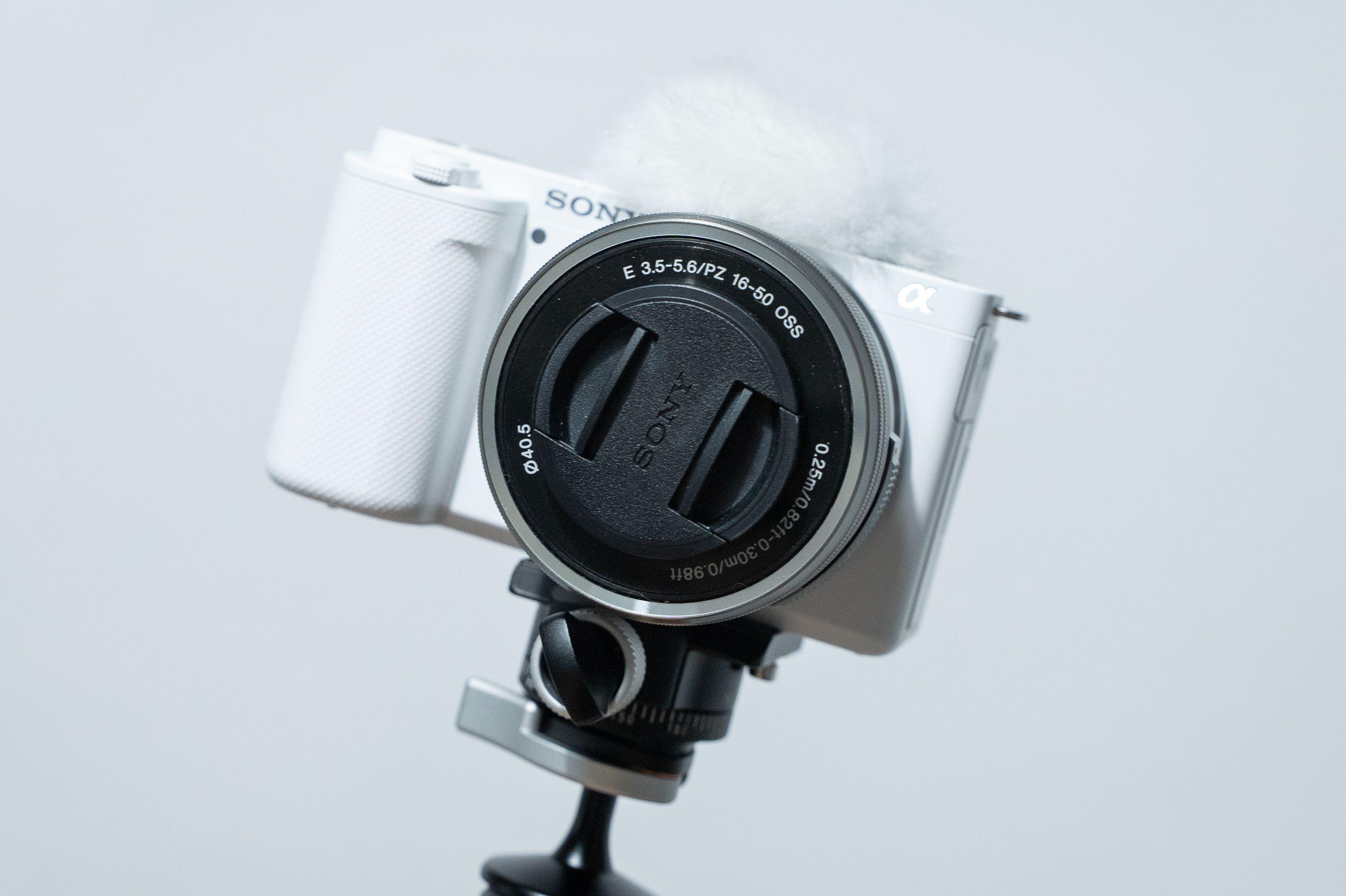
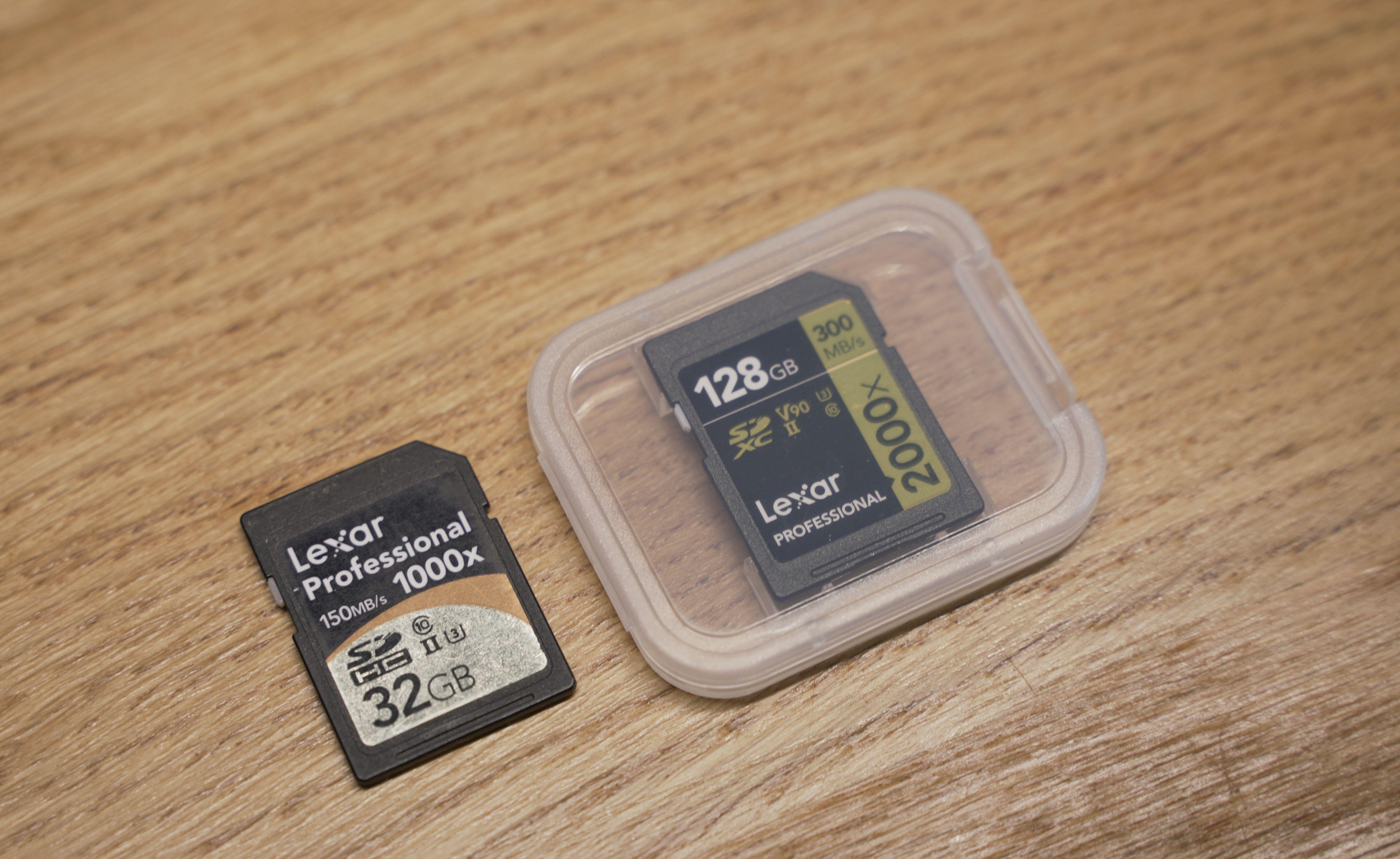
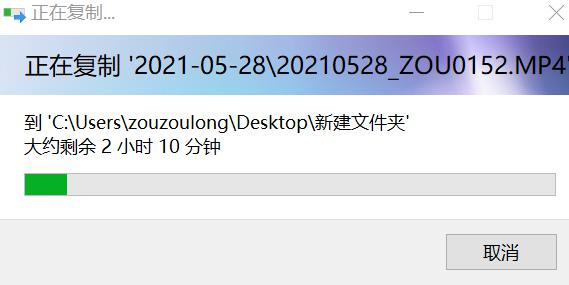
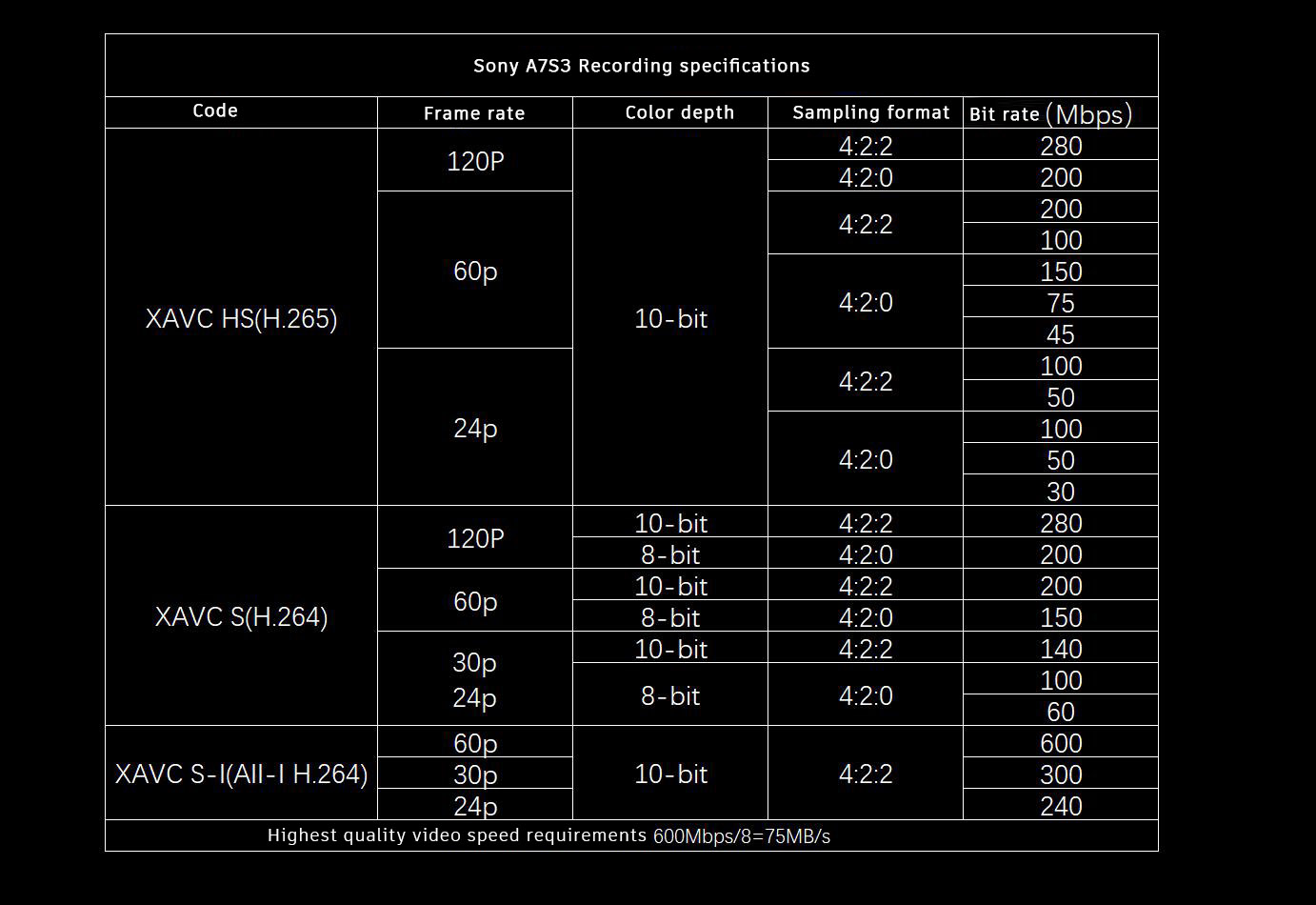
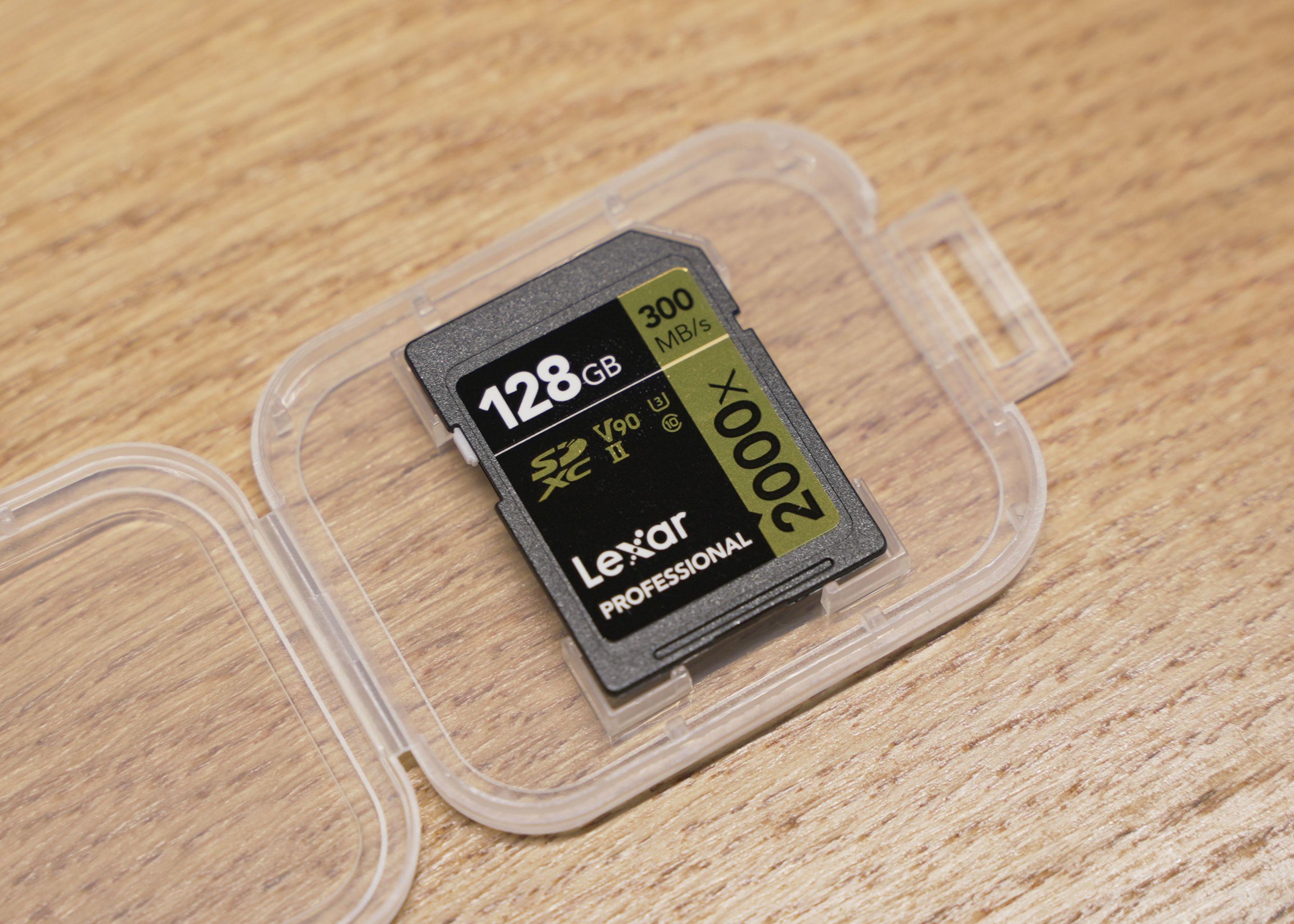
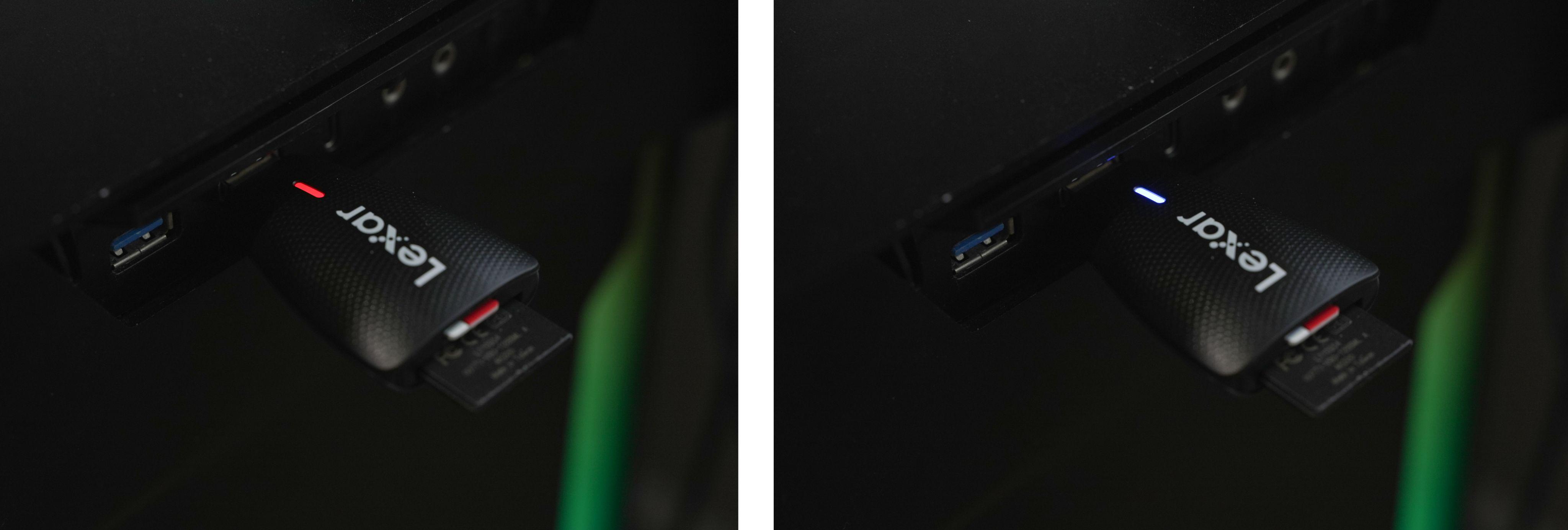
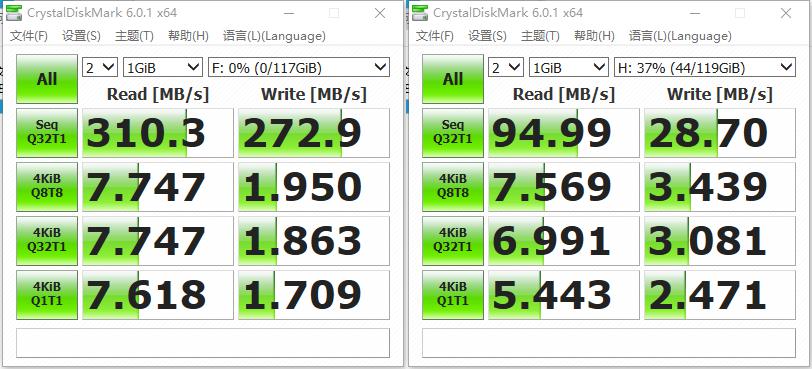
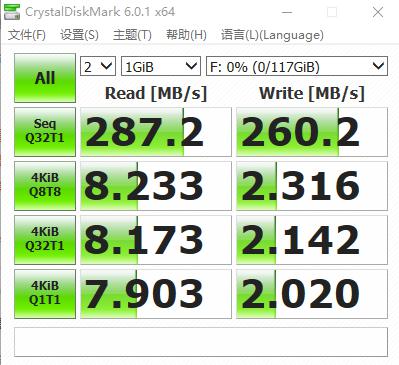
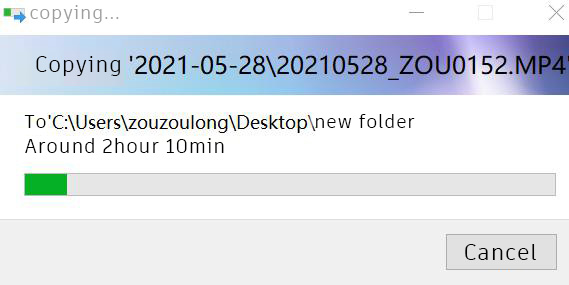

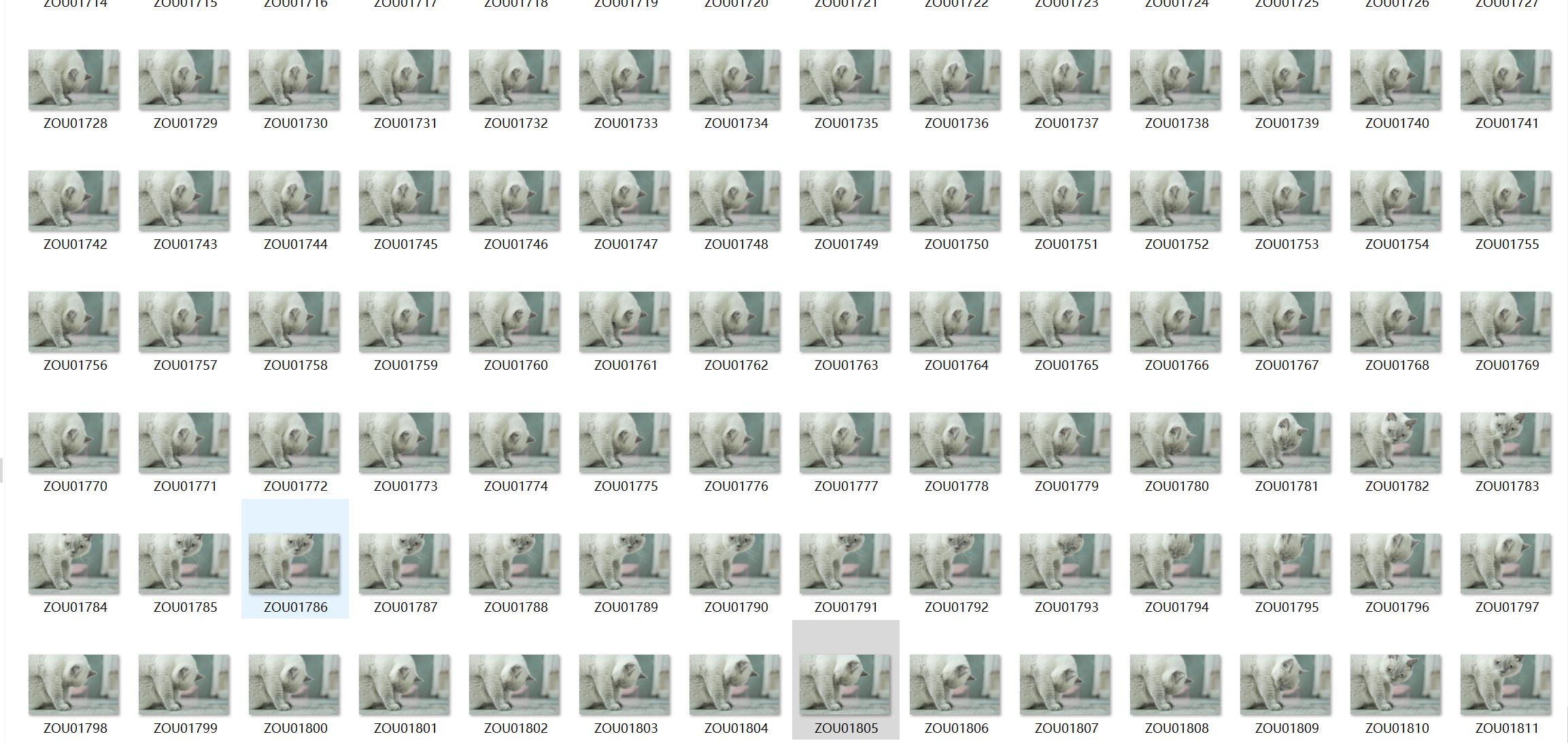



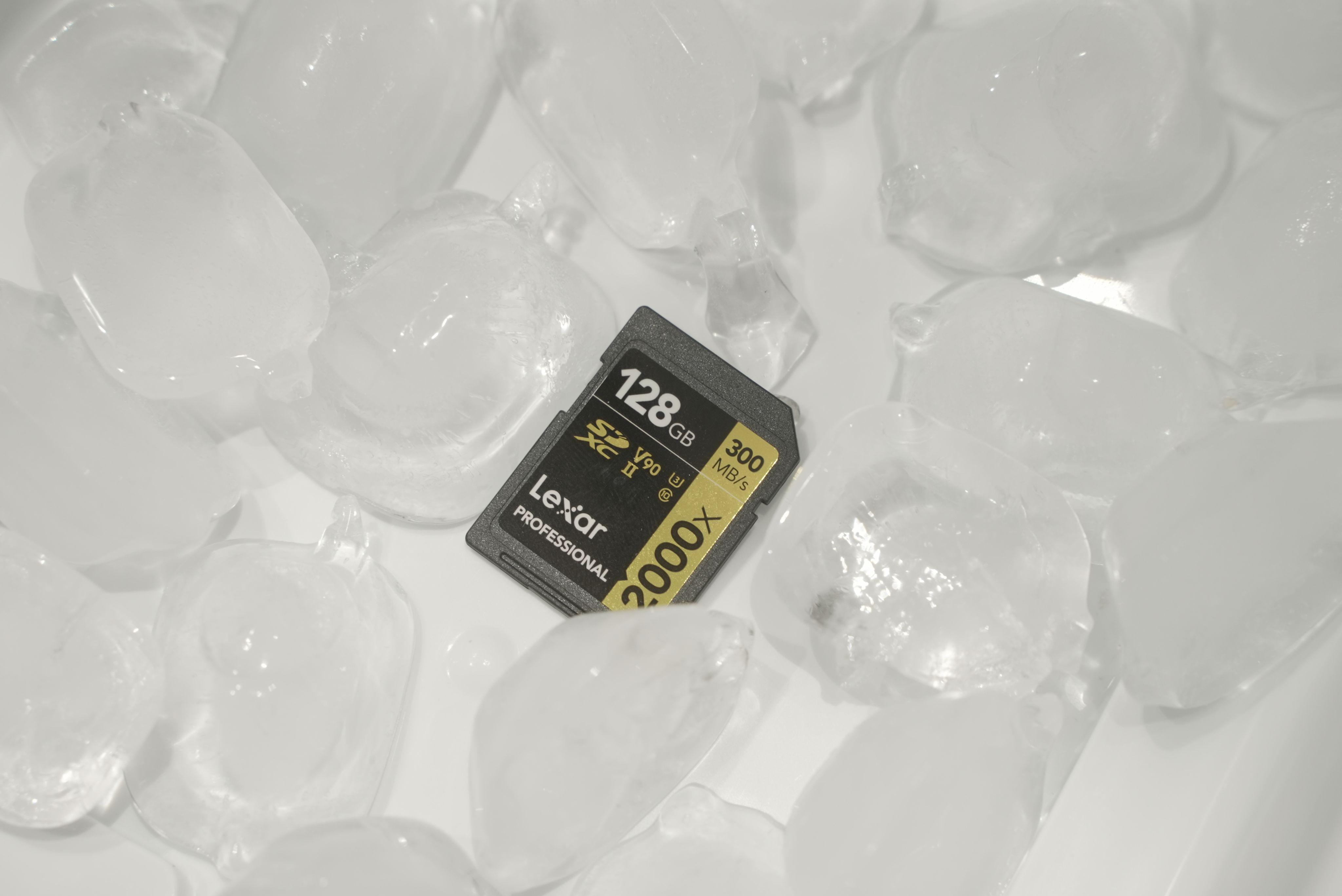



Leave a comment